September-October
1. Register for the ACT and/or SAT. If previous test scores aren’t where they need to be, seek help to prepare for whichever test you take.
2. Take a look at some college applications to make sure you know all the pieces of information you will need to compile.
3. Make an appointment with your school counselor to be sure you are on track to graduate and fulfill college admissions requirements.
4. Take every opportunity to get to know colleges. Many high schools bring in college representatives to visit with students. Attend local college fairs, and visit college campuses.
5. Start working on your college application essay and begin gathering recommendation letters from teachers, school counselors, and school employees.
6. It’s time to narrow down your list of colleges so you can collect information about the application and financial aid process at each school. Some colleges will have deadlines (rolling, priority, early decision, and early action) as early as October. If you cannot afford the application fees that many colleges charge, ask your counselor to help you request a fee waiver.
7. File your Free Application for Federal Student Aid (FAFSA) as soon after October 1 as possible. In addition to determining your eligibility for federal funds, many colleges and states use the form when distributing grants.
8. Research scholarships. Ask your counselor, your colleges, and local religious and civic groups about scholarship opportunities.
9. Create a checklist and calendar to keep track of standardized test dates, college application due dates, and financial aid deadlines. Note additional materials you will need such as recommendations or essays you will need to complete your applications.





FOLLOW US!